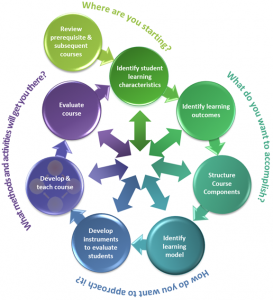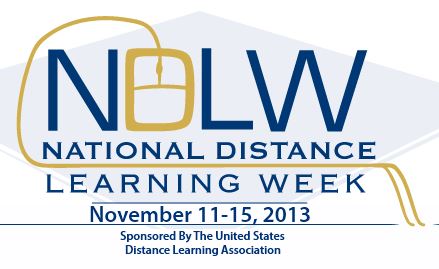Instructional Design allows for seamless incorporation of technology in the classroom by looking at a course as a whole. By starting with the core learning objectives of the course, faculty and Instructional Designers can find the best uses and incorporations of technology throughout the curriculum. At Fisher, the ADDIE Model of course design (analysis, design, development, implementation, evaluation) is commonly used to guide this process.
Purdue University recently developed a modified version of the ADDIE Model that they are calling “The ‘wheel of interactive course design’ model.”

A recent EDUCAUSE article looks at Purdue’s experience in developing and using their new design model. The Key Takeaways citied are:
- Most faculty members are not taught a systematic process to course design and, despite their subject expertise, might lack background in learning theory.
- Faculty can best adopt educational technology while designing or redesigning their course rather than retrofitting an existing course to include technology.
- A course design model can include practical application of theories, including best practices for instructional technology use.
Beyond these results, the model and the incorporation of the model have proven to be beneficial to student learning, “…we have evidence that redesigned courses that incorporate technology have positively influenced student learning.”
If you would like to redesign your course using Instructional Design or if you have any questions or concerns, please contact the Fisher ITS Helpdesk.
Source:
Reid, P. & Attardo, D. (2013, Sept. 4). Designing the Wheel: Built-in Instructional Technology. Retrieved
from http://www.educause.edu/ero/article/designing-wheel-built-instructional-technology






